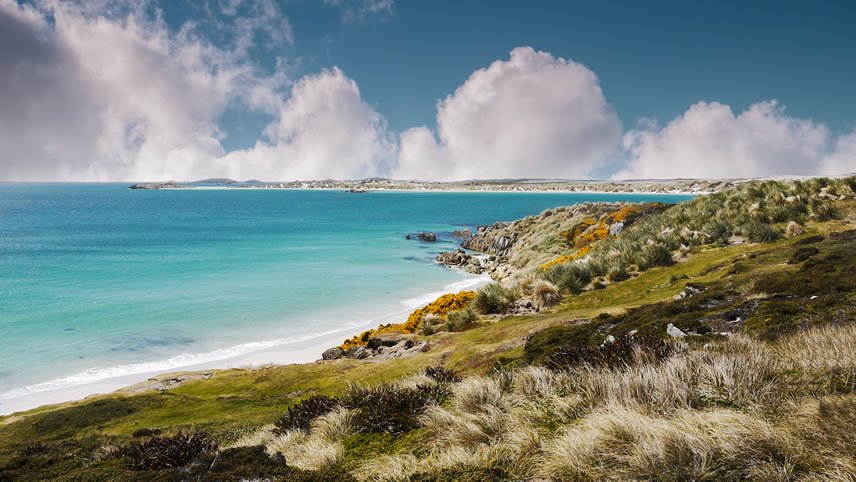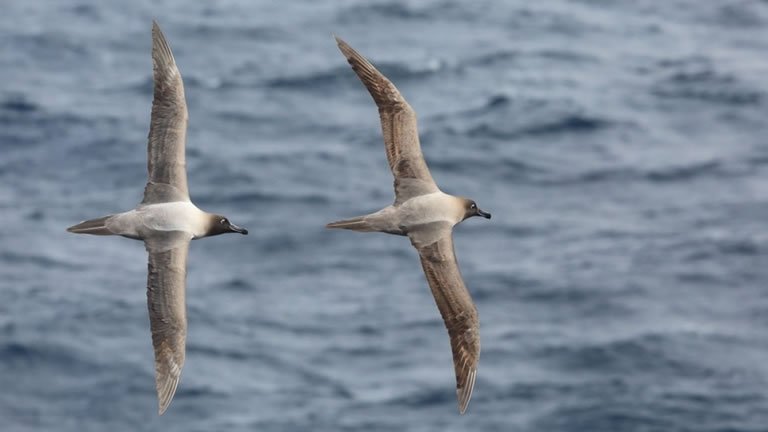Overview
Cruise Itinerary
Santiago, Chile’s capital, is a vibrant city set against the stunning backdrop of the Andes. The historic Plaza de Armas, founded in 1541, is the cultural heart of Santiago, where you can admire the impressive Metropolitan Cathedral and the Central Post Office's architecture. Nearby, the National Museum of Fine Arts showcases Chilean and South American art.
Bellavista, known for its colorful street art and lively atmosphere, is home to La Chascona, the house of poet Pablo Neruda. For a taste of local flavors, the bustling Mercado Central offers a variety of fresh seafood and traditional dishes, making it a culinary highlight of the city.
One of the busiest ports on the western coast of South America, the port of San Antonio is the gateway to Santiago which is around an hour and half away.
Santiago is nestled at the foot of the Andes in the Maipo River Valley and inland lies the sun-kissed wine regions of Casablanca and Maipo Maipo Valley, Chile's renowned wine region.
Stroll down bustling Alameda, the city’s main thoroughfare to steal a look at the ornate 16th century architecture including the famed San Francisco church. Here you can climb the lovely Santa Lucia hill and take in some of the best views of the sprawling city below and the Sanhattan's skyscrapers.
Puerto Montt, located in the southern reaches of Chile, serves as the gateway to the Chilean fjords, Patagonia, and the Andes Mountains. This port city is vital for its role in connecting the more remote parts of southern Chile. The Angelmó market, famous for its array of fresh seafood, vibrant handicrafts, and woollen goods, encapsulates the local culture and is a hub for culinary and artisanal exploration.
The nearby Lake District offers dramatic volcanic landscapes and lush forests, making Puerto Montt a central point for accessing natural wonders such as the Vicente Pérez Rosales National Park, where the Petrohué Falls and Osorno Volcano are key attractions. The city’s blend of natural beauty and cultural richness reflects the diverse offerings of the region.
Castro, nestled on the east coast of Chiloé Island in Chile, is distinguished by its vividly painted wooden stilt houses, or 'palafitos', that line the waterfront. This charming city, the third oldest in continuous existence in Chile, melds the rich cultural heritage of the Chilote people with breathtaking natural surroundings. The San Francisco Church, a UNESCO World Heritage site, stands as a brilliant example of the unique wooden architectural style of the Chiloé Archipelago.
Exploring Castro offers a peek into the island's traditional crafts at the bustling local markets where wool, wooden items, and basketry are in abundance. Additionally, the surrounding landscape provides ample opportunities for bird watching and enjoying the serene beauty of southern Chile's lush countryside.
Puerto Chacabuco, located in southern Chile, is a primary gateway to the remote Aysén region, known for its dramatic landscapes and pristine wilderness. This small port town is crucial for connecting the isolated areas of Patagonia with the rest of the country, facilitating access to incredible natural sites.
Visitors to Puerto Chacabuco often use it as a starting point for exploring the lush rainforests, towering mountains, and deep fjords that define the area. Nearby attractions include the San Rafael Lagoon with its advancing glaciers and the Simpson River National Reserve, offering opportunities for hiking and wildlife watching. The region's rich biodiversity and the tranquil environment make Puerto Chacabuco a pivotal location for those seeking to immerse themselves in Chile’s untouched natural beauty.
Laguna San Rafael, located in the Aysén region of Chile, is a breathtaking natural wonder within the Laguna San Rafael National Park. The highlight of this remote destination is the San Rafael Glacier, a massive ice formation that descends from the Northern Patagonian Ice Field into the turquoise waters of the lagoon. Visitors can witness the awe-inspiring spectacle of icebergs calving from the glacier and floating in the lagoon.
Accessible primarily by boat, Laguna San Rafael offers an unforgettable experience for nature lovers and adventure seekers. The journey through the fjords to reach the lagoon is equally stunning, with lush forests and towering peaks. Wildlife is abundant, including sea lions, dolphins, and various bird species, adding to the area's ecological richness.
These fjords, carved by ancient glaciers, stretch along Chile's southern coast, revealing deep blue waters, towering peaks, and lush rainforests. You'll marvel at breathtaking views, including the famed Amalia Glacier, with its striking blue ice cascading into the sea. The region is rich in wildlife, making it a paradise for nature enthusiasts. Spot majestic humpback whales, playful dolphins, and colonies of sea lions.
Punta Arenas, perched on the southern tip of Chile's mainland, serves as a crucial gateway to the Antarctic, drawing explorers from around the world. This city is steeped in maritime history and is the largest population centre in Patagonia, offering a fascinating mix of cultural influences evident in its architecture and local customs. The Nao Victoria Museum, featuring replicas of historic ships, and the poignant Monumento al Ovejero, celebrating the region’s sheep farming heritage, are key highlights.
The rugged, windswept landscapes surrounding Punta Arenas invite outdoor enthusiasts to explore. Nearby Torres del Paine National Park offers spectacular trekking opportunities, while the Strait of Magellan provides panoramic sea vistas and a chance to spot diverse marine wildlife, making this region a hub for natural and historical exploration.
Located at the southernmost end of South America, Ushuaia is is often called a doorway to Antarctica. The town boasts incredible natural beauty through its national parks like the Tierra del Fuego National Park with cultural institutions like the Museo del Fin del Mundo, or the End of the World Museum. Ships will dock at this port.
Top Things to Do in Ushuaia:
- ride the steam-powered End Of The World Train
- Spend the day walking the Tierra Del Fuego National Park
- Martial Glacier affords spectacular vistas from its 1,050-meter summit
The body of water between Cape Horn and the South Shetland Islands in Antarctica is named the Drake Passage. This is where the Atlantic, Pacific, and Southern seas converge and they’re some of the choppiest waters in the world.
It takes the average cruise ship about 48 hours to sail from one end of the Drake Passage to the other. Some days the water will be surprisingly calm, others will present your cruise with sizable swells.
If you’re prone to seasickness, it's a good idea to see your doctor before you sail, and even if you're the type who laughs at roller-coasters, there's a good chance the Drake is going to test that cast-iron stomach of yours.
The trip to the Peninsula by ship is the shortest distance between Antarctica and South America, (usually Ushuaia in Argentina). Stretching out over 1,300 kilometers, it supports large breeding populations of penguins, seals, and whales.
Setting foot on the Antarctic Peninsula is a bucket list item for many but no one can really prepare themselves for this incredible experience. Witness minke and humpback whales at close range, and gaze upon icebergs of every conceivable shape and size in the bays, fjords and inlets. The peninsula is blessed with a diversity of wilderness vistas.
The Falkland Islands, a remote South Atlantic archipelago, offer a unique blend of rugged landscapes and rich wildlife. Stanley, the capital, is known for its quaint British charm, with colorful houses, cozy pubs, and the historic Christ Church Cathedral. The Falkland Islands Museum provides fascinating insights into the islands’ history and culture.
For nature enthusiasts, the islands are a paradise. Visit Volunteer Point to witness one of the world’s largest king penguin colonies. Gypsy Cove offers excellent opportunities for spotting Magellanic penguins and other bird species. The pristine beaches and dramatic coastlines make the Falklands a perfect destination for hiking and wildlife photography.
Your ship will anchor in Port Stanley’s harbor and you'll be tendered ashore. The town center is just a short walk from the tender pier, allowing for easy exploration on foot. This charming capital of the Falkland Islands offers a glimpse into British heritage with its quaint streets and vibrant wildlife. Visitors can enjoy a variety of activities, from visiting the historic Christ Church Cathedral and the Whalebone Arch to exploring the Falkland Islands Museum. Wildlife enthusiasts will appreciate the nearby Gypsy Cove, just 7 km (4.3 miles) away and home to Magellanic penguins and other seabirds.
Puerto Madryn, located on the shores of Golfo Nuevo along Argentina’s Patagonian coast, is a prime destination for observing unique wildlife. This city serves as a gateway to the Valdés Peninsula, a UNESCO World Heritage site renowned for its diverse fauna, including Southern Right whales, elephant seals, and orcas. The ecological importance of this region is highlighted at the EcoCentro, a museum dedicated to marine life and environmental education.
Puerto Madryn itself offers a pleasant urban experience with its waterfront promenade, ideal for leisurely strolls with views of the vast Atlantic. The city also boasts a range of local cuisine, particularly seafood, which reflects its coastal heritage. With its combination of natural wonders and a welcoming community, Puerto Madryn provides a captivating insight into Argentina’s wildlife and cultural richness.
Passionate and alive with an infectious energy, Buenos Aires is a breathlessly romantic city, which blends colonial architecture with a down-to-earth Latin American clamour. Famed for steamy tango interplays and expertly seared steaks, this city is a fiery fiesta for the senses.
Visitors can choose to visit Caminito, the colourful street museum, shop at San Telmo Market, stroll through Recoleta Cemetery or cruise the Tigre River delta. Ships will dock at the Terminal de Pasajeros Benito Quinquela Martin which is a 30 minute drive from the airport and a 10 minute drive to the city centre.
Life Onboard Oceania Marina

Fine residential design and contemporary comfort welcomes guests in elegant social spaces and cosy private havens. Read more

Sample delicious dishes from an exquisite culinary program crafted by renowned Master Chef Jacques Pépin. Read more

From design to service, the Oceania Cruises experience is warm and inviting. Welcome to your home away from home. Read more

Let Chef Instructors introduce you to cultures and cuisines with hands on cooking classes and dedicated food tours. Read more

Indulge the pleasures of the palate with extraordinary pairing dinners at La Reserve by Wine Spectator. Read more

Find relaxation poolside with a good book, a refreshing dip, or a soothing soak in one of the whirlpool spas. Read more
Availability
 USD
Port charges, taxes and fees included.
USD
Port charges, taxes and fees included.
Tour & cruises prices are per person. Prices shown have savings applied, are subject to availability and may be withdrawn at any time without notice. Pricing and trip details are correct at this point in time, however are subject to confirmation at the time of booking and are subject to change by Oceania. For cruise itineraries, cabin images are sourced from Oceania. These should be treated as indicative only. Cabin inclusions, upholsteries and room layout may differ to the image(s) shown depending on the ship selected and your sailing dates.



















